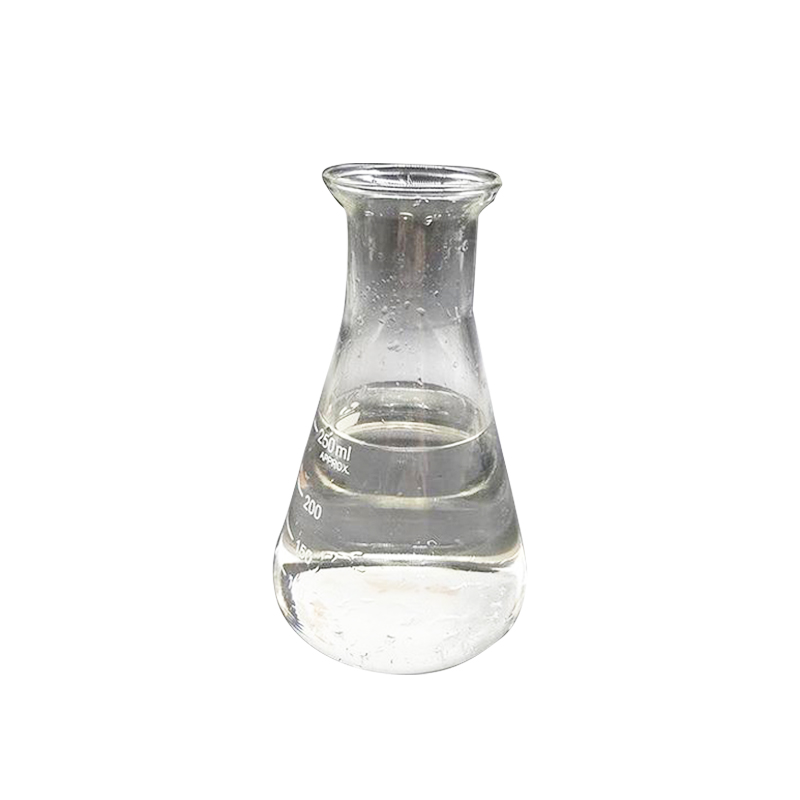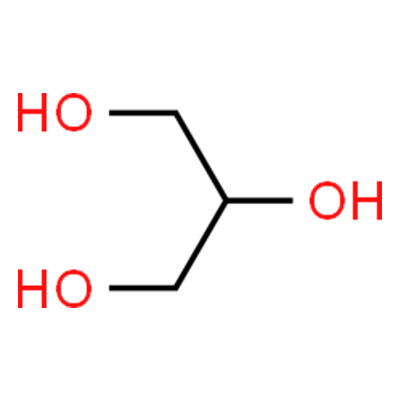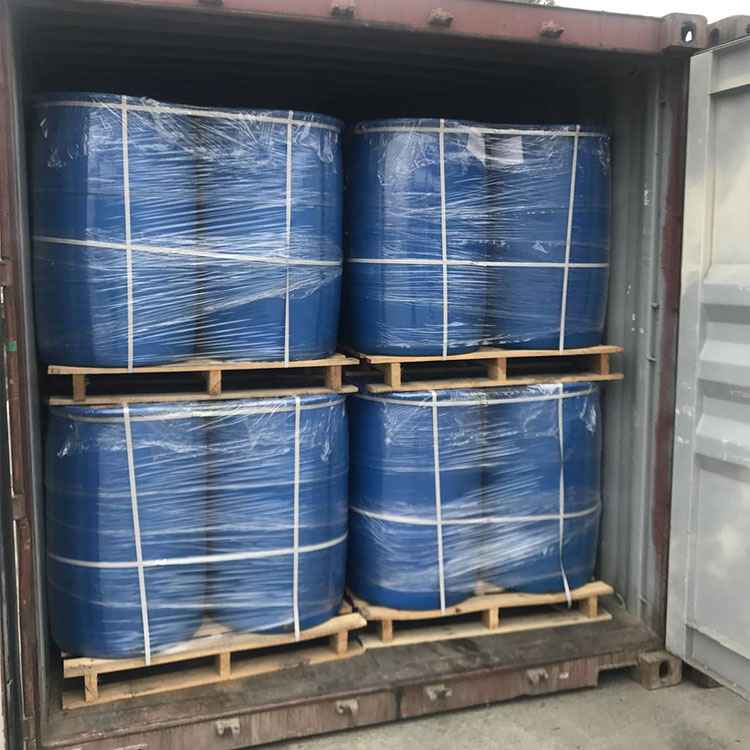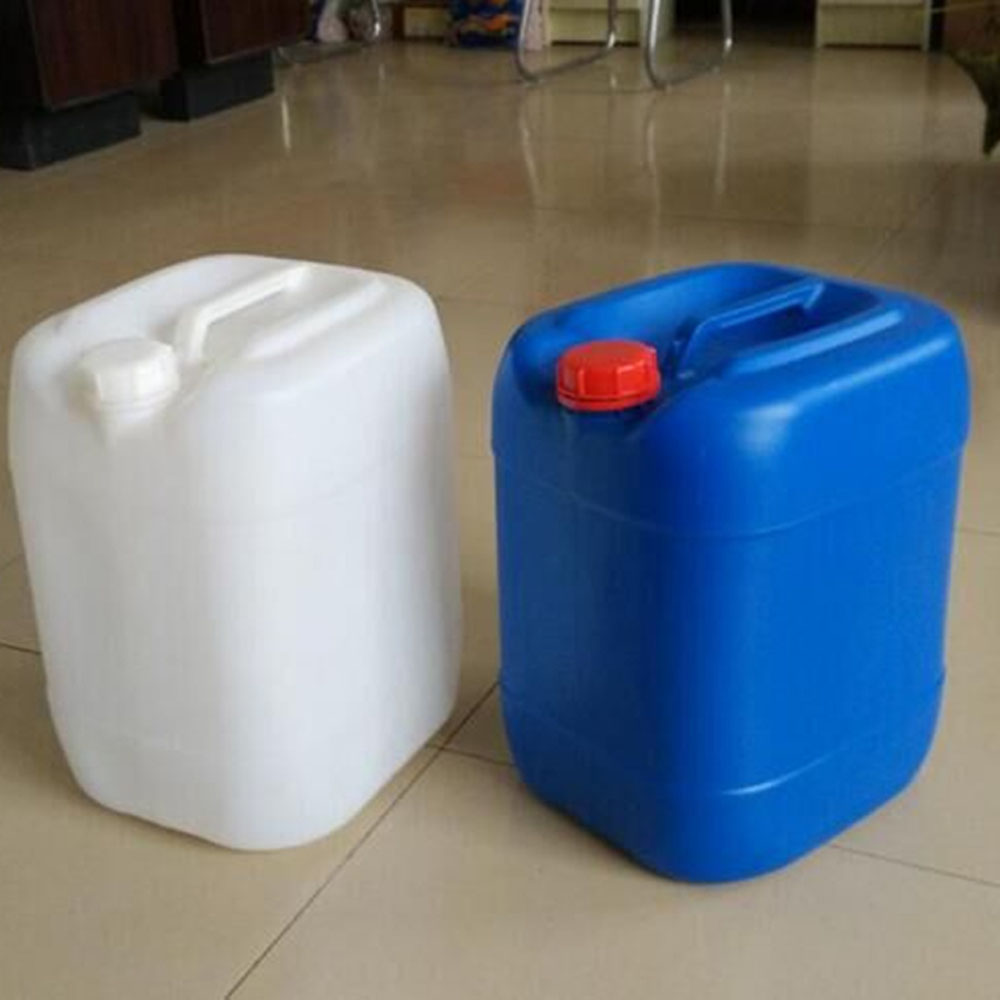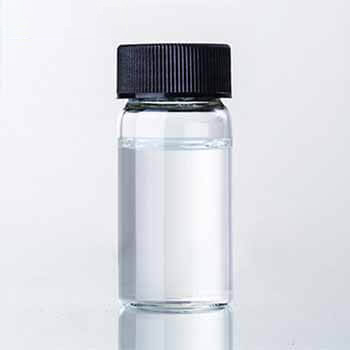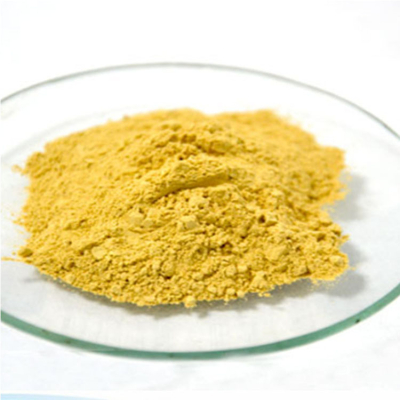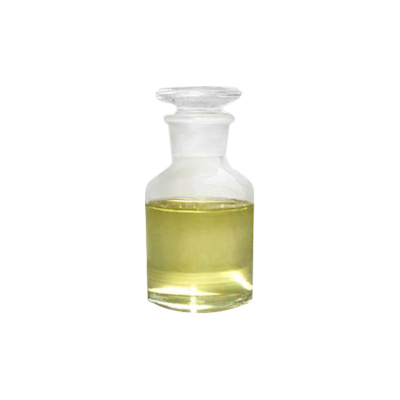Glycerine CAS#56-81-5
Glycerine CAS#56-81-5 Promotion Season Now in Store and Free Sample for Testing with Factory Price
Chemical Name:Glycerine
CAS No.:56-81-5
Molecular Formula: C3H8O3
Molecular weight: 92.09
Sample: Available
Mode of Transportation
1. By Air, fast but expensive.
2. By Sea, usual and economy.
3. By Train, suit for middle Asia countries.
4. By Express, suit for small package.
We only provide highest quality goods available, accompanied by after support!
Products Description of Glycerine CAS#56-81-5
Glycerin is an important basic organic raw material. It is widely used in industry, medicine and daily life. Currently, it has about 1,700 uses. It is mainly used in medicine, cosmetics, alkyd resin, tobacco, food, Chemicalbook acid resin, and celluloid. and explosives, textile printing and dyeing, etc. Glycerol consumption in areas such as alkyd resins, celluloids and explosives is on a downward trend. However, its applications in medicine, cosmetics, and food will continue to grow. It can form a nutrient source after hydrolysis in the body. At the same time, it is also widely used in textile, food, papermaking, metal processing, paint, daily chemicals, petrochemicals, medicine, tobacco, military industry and other enterprises
Product Parameters of Glycerine CAS#56-81-5
1. Names and Identifiers
Name | Glycerol
|
Synonyms
| 1,2,3-trihydroxypropane Emery 912 Glycerin USP glycerin(mist) Glycerin, anhydrous Glycerin, synthetic glycerin,anhydrous glycerin,synthetic MFCD00675440
|
CAS
| No.56-81-5
|
CID | 753
|
EINECS(EC#) | 200-289-5
|
Molecular Formula | C3H8O3 (isomer)
|
Inchi | InChI=1S/C3H8O3/c4-1-3(6)2-5/h3-6H,1-2H2
|
InChIkey
| PEDCQBHIVMGVHV-UHFFFAOYSA-N
|
Canonical Smiles
| C(C(CO)O)O SC#N.NC(N)=N |
Isomers Smiles
| C(C(CO)O)O |
2. Properties
Density
| 1.25
|
Melting point
| 18℃
|
Boiling point | 290℃
|
Refractive index | 1.452-1.475
|
Flash Point
| 160℃
|
Vapour Pressure
| 0.0±1.3 mmHg at 25°C
|
Form | Viscous Liquid
|
Precise Quality
| 92.04730
|
PSA
| 60.69000 |
logP
| -1.66810
|
Solubility | >500 g/L (20 oC)
|
Viscosity
| 954 CENTIPOISES AT 25 DEG C; 17 CENTIPOISES AT 25 DEG C (70% SOLN)
|
Appearance
| Clear, colorless, viscous liquid
|
Storage | ventilated, low temperature and dry
|
Autoignition Temperature
| 698 °F (USCG, 1999)
|
Chemical Properties | Pure glycerol appears as colorless, odorless and sweet viscous liquid. Boiling point: 290 ° C, melting point: 17.9 ° C, the relative density: 1.2613. It can be miscible with water infinitely. It can be dissolved in 11 times ethyl acetate, about 500 times ether. It is insoluble in benzene, chloroform, carbon tetrachloride, carbon disulfide, petroleum ether and oil. Anhydrous glycerol has a strong water absorption property.Glycerol is weakly acidic, being able to react with alkaline hydroxide. For example, it reaction with copper hydroxide can produce bright blue cupric glycerinate (can be used to identify polyols). Glycerol can react with nitric acid to generate glyceryl trinitrate, also known as nitroglycerin, being a strong explosive.Because glycerol has water absorption property, it is often used as the moisturizing agent of cosmetics, leather, tobacco, food and textile. Glycerol also has effect on lubricating the intestine, being able to be used for enema or suppository treatment of constipation. Nitroglycerides have the effect of dilating coronary arteries and can be used to treat angina. Nitroglycerin can be used as an explosive and propellant. Glycerol can react with binary acid to generate alkyd resin, widely being used in paints and coatings.In nature, glycerol is widely presented in the form of esters. For example, a variety of animal and vegetable oils are glycerol carboxylate with hydrolyzing grease being capable to generate fatty acids and glycerol. At present, one of the major sources of glycerol is the byproduct of the soap industry (grease is hydrolyzed under alkaline conditions). The other major source is from petroleum pyrolysis gas, propylene. |
3. Use and Manufacturing
3.1 Chemical Reactivity
Reactivity with Water No reaction; Reactivity with Common Materials: No reactions; Stability During Transport: Stable; Neutralizing Agents for Acids and Caustics: Not pertinent; Polymerization: Not pertinent; Inhibitor of Polymerization: Not pertinent.
3.2 Definition
ChEBI: A triol with a structure of propane substituted at positions 1, 2 and 3 by hydroxy groups.
3.3 General Description
A colorless to brown colored liquid. Combustible but may require some effort to ignite. Residual sodium hydroxide (lye) causes crude material to be corrosive to metals and/or tissue.
3.4 Potential Exposure
Glycerol is used as a humectant intobacco; it is used in cosmetics, antifreezes and inks. It isused as a fiber lubricant. It is used as a raw material foralkyd resins and in explosives manufacture.
3.5 Shipping
UN1760 Corrosive liquids, n.o.s., Hazard class:8; Labels: 8-Corrosive material, Technical Name Required.
3.6 Usage
Glycerol's properties make it useful for numerous applications. The three hydroxyl groups in glycerol allow extensive hydrogen bonding that gives glycerol its characteristic syrupy viscous texture and hygroscopic character. Approximately 40% of glycerol's use is for personal care products such as cosmetics, soaps, shampoos, lotions, mouthwash, and toothpaste. Glycerol's hygroscopic properties make it a good moisturizer in skin products. Another 25% of glycerol's annual production is used in food production. In the food industry glycerol is used as a moistening agent, as a solvent for food coloring and syrups, to prevent crystallization of sugar in candies and icings, as a preservative, and as a sweetening agent. Approximately 10% of glycerol's use goes into tobacco processing, where it is sprayed on tobacco leaves before they are shredded to serve as a moistening agent. Glycerol has the added benefit of imparting a sweet taste to chewing tobacco. The remaining 25% of glycerol's use is distributed among various industrial uses. It is used in cough syrups and elixir medicines. In industry, glycerol is found in lubricants, plasticizers, adhesives, antifreezes, resins, and insulating foams. At one time it was used almost exclusively in its nitrated form as an explosive (see Nitroglycerin), which today accounts for about 3% of its use.
4. Safety and Handling
4.1 Symbol
GHS02;GHS07;
4.1 Hazard Codes
F
4.1 Signal Word
DANGER
4.1 Risk Statements
R36;R20/21/22;R11
4.1 Safety Statements
S24/25;S39;S26
4.1 Exposure Standards and Regulations
Glycerin used as a multiple purpose GRAS food substance in food for human consumption is generally recognized as safe when used in accordance with good manufacturing practice.
Glycerin used as a general purpose food additive in animal drugs, feeds, and related products is generally recognized as safe when used in accordance with good manufacturing or feeding practice.
4.2 Packing Group
Z01
4.2 Octanol/Water Partition Coefficient
log Kow = -1.76
4.3 Fire Hazard
Glycerol is combustible.
4.4 Other Preventative Measures
SRP: The scientific literature for the use of contact lenses in industry is conflicting. The benefit or detrimental effects of wearing contact lenses depend not only upon the substance, but also on factors including the form of the substance, characteristics and duration of the exposure, the uses of other eye protection equipment, and the hygiene of the lenses. However, there may be individual substances whose irritating or corrosive properties are such that the wearing of contact lenses would be harmful to the eye. In those specific cases, contact lenses should not be worn. In any event, the usual eye protection equipment should be worn even when contact lenses are in place.
4.5 Hazard Declaration
H225; H302; H312; H332
4.5 Cleanup Methods
Absorb with paper. Evaporate completely all spilt surface. Dispose by burning the paper after complete ventilation of vapor.
4.6 DisposalMethods
Mixture with a more flammable solvent followed by incineration.
4.7 RIDADR
250kgs in
4.7 Fire Fighting Procedures
Alcohol foam, carbon dioxide, dry chemical.
Water fog. Water or foam may cause frothing.
4.8 FirePotential
Fire Hazard: Low, when exposed to heat, flame, or powerful oxidizers.
4.9 Safety Profile
Poison by subcutaneous route. Mildly toxic by ingestion. Human systemic effects by ingestion: headache and nausea or vomiting. Experimental reproductive effects. Human mutation data reported. A skin and eye irritant. In the form of mist it is a nuisance particulate and inhalation irritant. Combustible liquid when exposed to heat, flame, or powerful oxidizers. Mixtures with hydrogen peroxide are highly explosive. Ignites on contact with potassium permanganate, calcium hypochlorite. Mixture with nitric acid + sulfuric acid forms the explosive glyceql nitrate. Mixture with perchloric acid + lead oxide forms explosive perchlorate esters. Confined mixture with chlorine explodes if heated to 70-80'. Can react violently with acetic anhydride, aniline + nitrobenzene, Ca(OCl)2, Cr03,Cr203, F2 + PbO, phosphorus triiodide, ethylene oxide + heat, KMnO4, K2O2, AgClO4, Na2O2, NaH. Energetic reaction with sodium hydride. Mixture with nitric acid + hydrofluoric acid is a storage hazard due to gas evolution. To fight fire, use alcohol foam, CO2, dry chemical. When heated to decomposition it emits acrid smoke and fumes.
Product Application of Glycerine CAS#56-81-5
· Glycerol is an important organic chemical raw material and is widely used in many sectors of the national economy. It is an excellent hygroscopic agent, antifreeze, lubricant, solvent and co-solvent. It is an important raw material for the production of polyester, explosives, medicine, etc.
· In the food industry, it can be used as a water-retaining agent (for bread and cakes), a carrier solvent (for spices, pigments, and non-water-soluble preservatives), a thickener (for beverages, wine preparation, etc.), and a plasticizer. Agent (for candies, desserts, meat products, etc.)
· It can be used as a coloring agent in colored foods. Glycerin is also used as a lubricant in food processing and packaging machinery. Commonly used as softeners, viscosity improvers and solvents in pharmaceutical and cosmetic manufacturing
Factory and Equipment Show
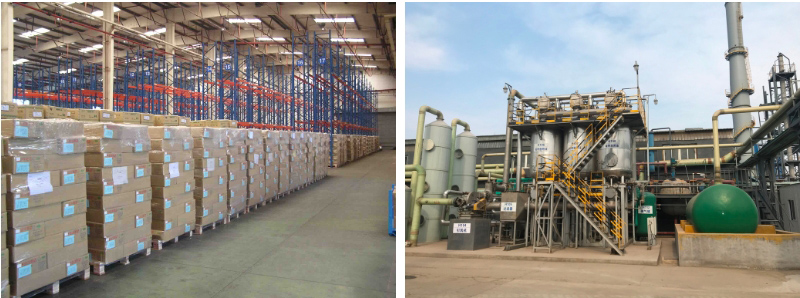

Fast delivery time
Inventory 2-3 working days New production 7-10 working days
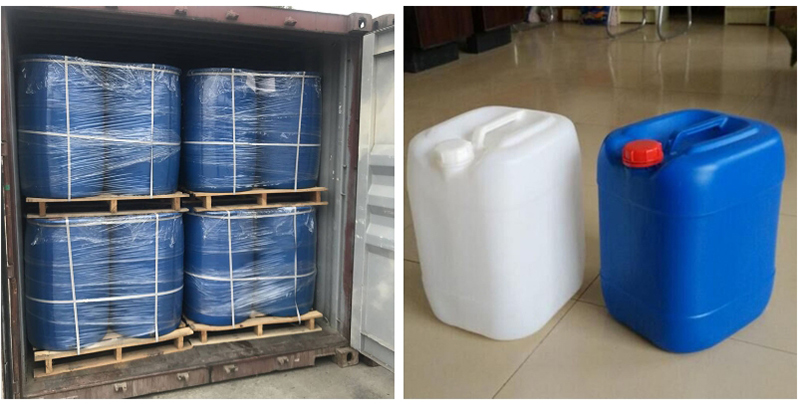
FAQ
Q1: Can I get some samples?
A: Yes, we can supply you with the free sample.
Q2: How to start orders or make payments?
A: Proforma invoice will be sent firstly after confirmation of order, enclosed our bank information. Payment by T/T, Western Union and so on…
Q3: How to confirm the Product Quality before placing orders?
A: You can get free samples for some products, you only need to pay the shipping cost or arrange a courier to us and take the samples. You can send us your product specifications and requests, we will manufacture the products according to your requests. You also could send samples for us to testing.
Q4: What’s your MOQ?
A: Different products with different MOQ, but we accept your any requests of the quantity.
Q5: How about delivery lead time?
A: Inventory 2-3 working days, new production 7-10 working days after payment confirmed. (Chinese holiday not included)
Q6: Is there a discount?
A: Yes, we can give you the most competitive price than any other official quote.
Q7: How to contact us?
A: You can chat with us online or by WhatsApp +86-188-6575-9396.
You can also choose your interested products then send inquiry to us by e-mail inquiry@sincerechemical.com, or call us directly.
Then you will get reply from us within 24 hours.


